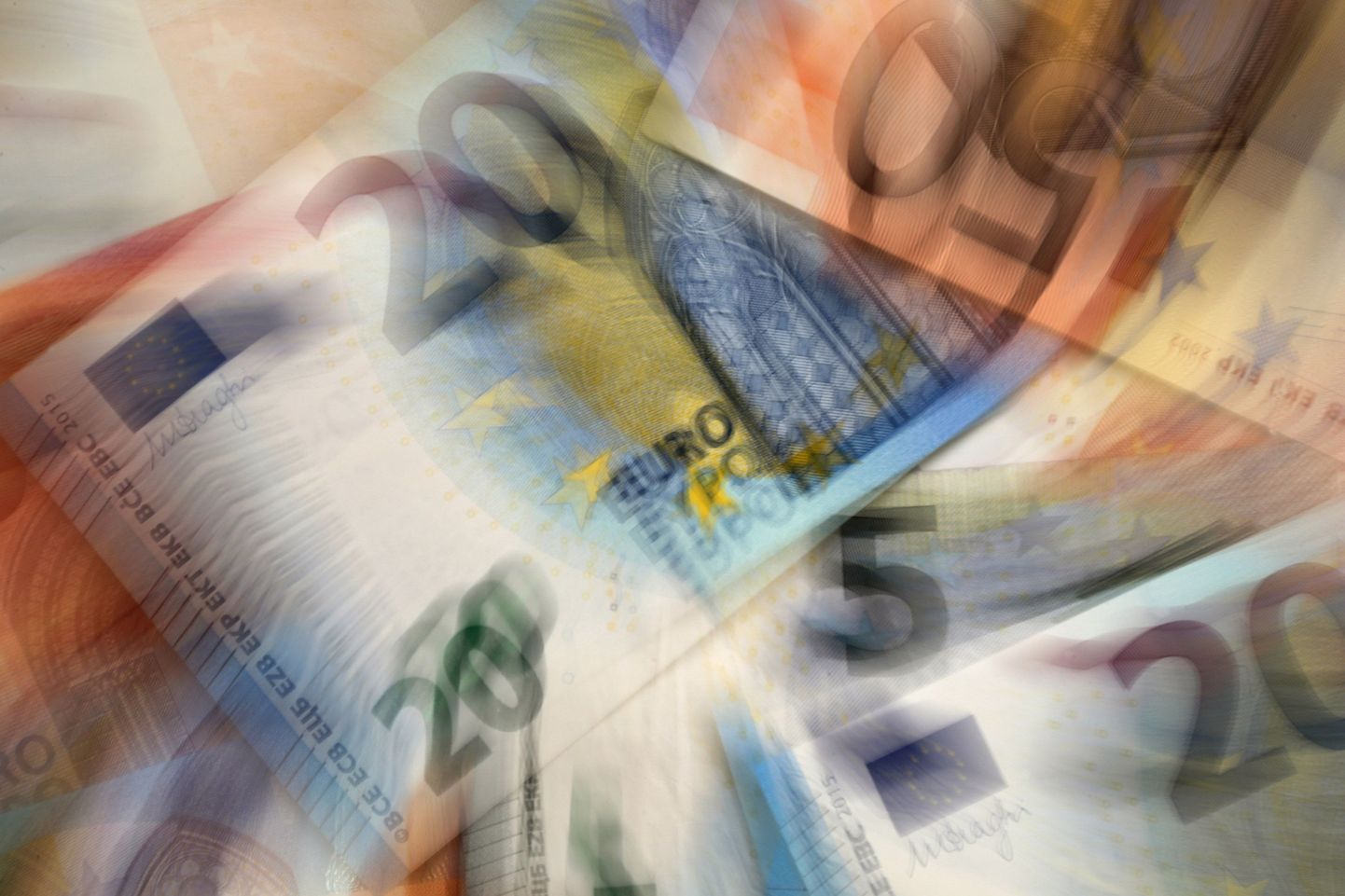- Did you ask the supervisors of the Home Daughters if they could hand the children guns for your pictures?
I never asked to anyone to bring guns to the children. I've replied already several times to this question. I've never staged a photo in all my life and I never even thought of staging a photo in all my life.
- Did the fee paid by De Correspondent cover your expenses related to that trip or did you have other funding? (If you had, could you clarify where did the money come from?)
This is an outrageous question. I don't need to clarify to anyone how I fund, as thousands of freelancers worldwide, my work.
COMMENTS
Maurits Martijn
Deputy editor of De Correspondent
We have read the accusations you have made online about our contributing journalist Tomaso Clavarino. We were surprised to find that Postimees did not contact us or Tomaso Clavarino prior to publishing these harsh allegations. Standard journalistic principles require you to let the people you write about have their say prior to publication. Neglecting to do so is a serious omission, especially when questioning someone's professional integrity. And even more so when the accusations are being made by a government official.
If you had contacted us in advance, this would have been our response to Postimees:
We trust the integrity of Tomaso Clavarino, whom we know as an excellent journalist. As you can read in his statement below, he denies the allegations from the Estonian and Lithuanian government. Tomaso Clavarino has worked extensively in the three countries mentioned in the article. We've seen 238 of his pictures that confirm the content of the article. If Postimees has other verifiable sources that support these accusations, we would like to know about them so we can evaluate them ourselves.
We do, however, feel we could have chosen the headline more carefully, as it may have given the wrong impression about the content of the article. We have now changed the headline to read: At Europe’s edges this is the result of fear for Russia.
Tomaso Clavarino
Photojournalist
The Estonian medium Postimees accuses me of having tried to stage photos of youngsters with weapons during my work in Estonia. You cite Rauno Veri from the Estonian army. His remark is absolutely false and an insult to my career as a photographer and journalist.
None of the photos published on De Correspondent in the three countries have been staged, and I would never do so. I strongly endorse the ethics of photojournalism.
I traveled through Lithuania, Latvia and Estonia and reported what I saw during my trip.
The aim of this report is to show how the international geopolitical situation and tensions are contributing to the militarization of Baltic countries; not to get pictures of youngsters with weapons.
The title of the article may have been misleading in this regard. But the use of the term child soldiers in the headline was a choice of the editors of De Correspondent.
To be more precise, I’ll give you some examples which can clarify how I work.
Once in Estonia I took part in a youth camp organized by Young Eagles (the youth section of the Estonian Defence League) in an army base used by the organization. Fifty to sixty children participated. They took part in different activities such as orienteering in the woods. Weapons were everywhere, and I saw several shooting ranges. I could have stayed there the whole day, waiting for a picture of a child with a gun, but I didn't, and instead went away after an hour. Because taking such pictures wasn’t my goal.
Another example. On my last day in Estonia, I had the chance, through a commander of the Defense League in Narva, to take part in a training with underage members. The commander told me they were going to shoot at a range in the countryside. I didn't go. Again, I did not have a particular interest in portraying kids with guns.
Moreover: one day in Tallinn there was a massive drill in a naval base in the port area with paramilitaries from Estonia and other countries. I had all the permissions and accreditation to go inside and take pictures and conduct interviews. They let me in when the drill was finished, after four hours of waiting. Once inside, I was guided by an officer from the Defense League who told me which photos I was allowed to take and which I was not. I was specifically instructed not to take pictures of youngsters, which I didn’t. Among those I was not allowed to take were pictures of youngsters.
Finally: in the article I have written, in the paragraphs related to Estonia, there is almost nothing about underage paramilitaries in the country. I write about youngsters and camps in Lithuania and Latvia, where I had the chance to meet many of them.
So I really can't understand these insults.

